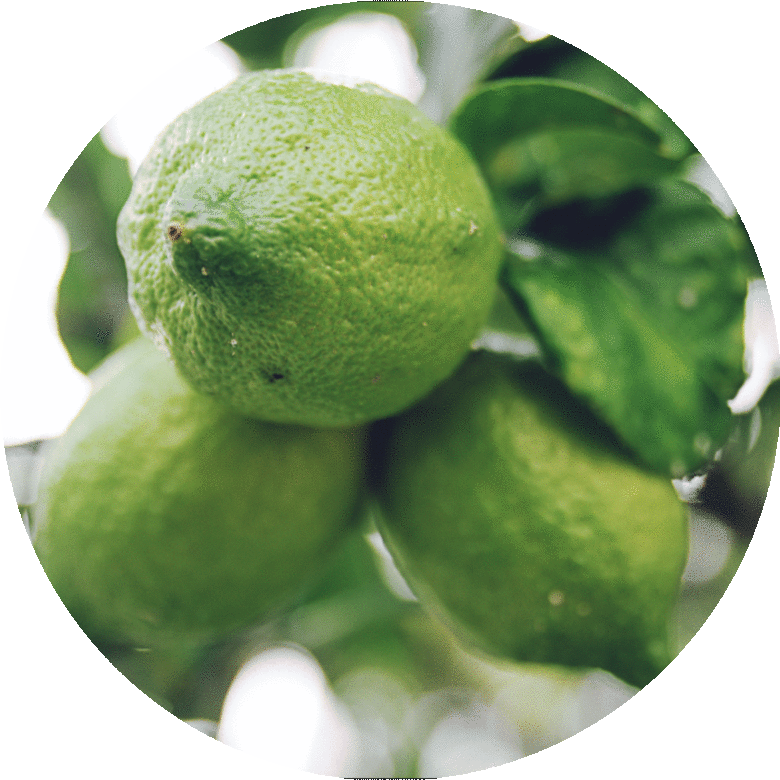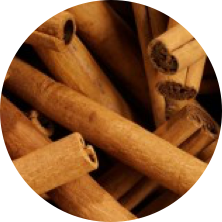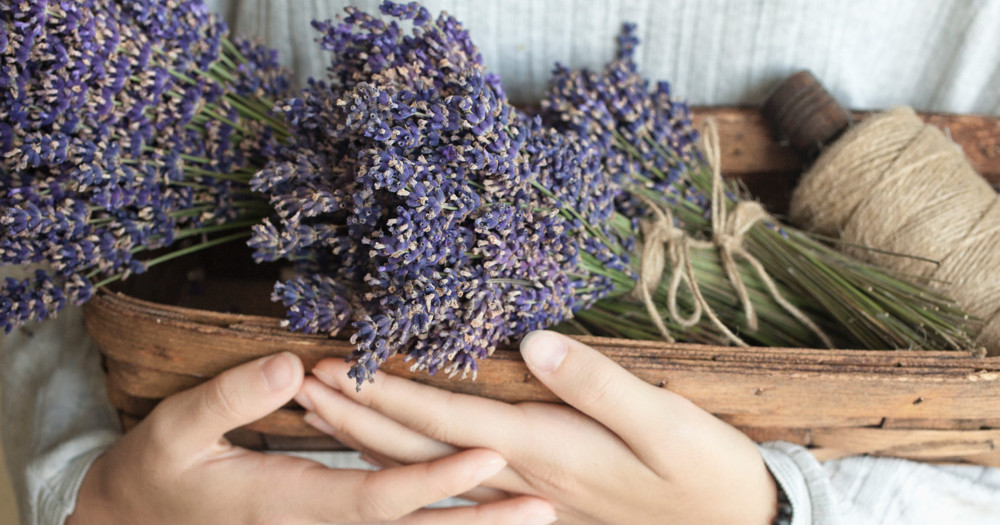When we started Soothing Scents almost 12 years ago, we entered the world of essential oil therapy from the opposite side of the spectrum that most manufacturers do: we came from the medical side.
So we had to learn about essential oils, and as with everything we do, we did so using a medical approach to research.
Now, there is still a skepticism within the conventional health care community, and there’s a good reason for this: As scientific thinkers we’re trained to evaluate legitimacy not only in terms of facts and evidence, but to approach our research through very particular methods i.e. to work in clinical trials conducted in a very standardized manner, to value factual consistency or personal success stories, and so on.
Essential oil therapy spills out of the boundaries of this framework.

Pure essential oils are difficult to standardize because, like food, their quality is so dependent on the climate and geographical profile of where they are sourced. Testing essential oils doesn’t work using the classic “lab-mice-human” trial formula, so it is difficult to get approval for funding, and because of this lack of research, many studies are inconclusive. Most importantly, because essentials oil products do not require FDA approval, it opens the doors to many bogus institutions that have capitalized on the natural wellness trend, peddling spurious claims with zero backing. And the internet follows suit, with user-generated advice on how to use essential oils, most of which can be misguided.
Here’s the truth about essential oils: Using them requires consciousness.
You need to do your homework on them and those who make them. You need to follow instructions, because mishandling them could lead to unwanted effects. You need to find out where they are sourced and whether those oils are of the highest quality (It is important to note that there is no certifying body that bestows a “therapeutic grade” designation, which you might see on other products. This is a marketing tool.)
“As scientific thinkers we’re trained to evaluate legitimacy not only in terms of facts and evidence, but to approach our research through very particular methods i.e. to work in clinical trials conducted in a very standardized manner, to value factual consistency or personal success stories, and so on.”
We knew this when we started, which is why it took us nearly a year (beyond our initial research) to source partners we could trust.
We quickly learned that essential oils have no formal industry classification or grading system (despite what some makers claim), but they can be assessed based on levels of purity and quality, which, in combination with the geographical and climate factors we’ve mentioned, is affected and determined by the distillation process.

This was important, as some commercial essential oil products contain unwanted and synthetic substances, like chemically-derived linalool which is used to make lavender smell more like lavender, or using synthetic substances to bulk up the volume of products in order to boost the price.
To circumvent these issues, we purchase from companies that provide gas chromatography and mass spectroscopy reporting, which reveal the true contents of each product. We are then able to produce an accurate safety data sheet for each oil or specific oil blend, which in our estimation should be a basic requirement in a patient care setting. We have met with our manufacturers in person, have toured their facilities, and interrogated them on their practices.
Our essential oils come from various different regions, including India, Australia, and France, and we work with established companies that are reputable, adhere to high-quality manufacturing practices, treat their employees well, and work with transparency and integrity.
Our partner manufacturers focus on obtaining plants that are cultivated organically or grow in their natural habitat, and use the best available techniques to distil or press their essential oils. They bottle the EOs in containers that prevent oxidation and degradation, and they store and transport them at the correct temperature, out of direct sunlight.
“Here’s the truth about essential oils: Using them requires consciousness.”
Variations in the aroma of individual essential oils or blends are to be expected. Just as a particular wine tastes slightly different from year to year, the same conditions apply to EOs. Rainfall, hours of sunlight and time of harvest will ultimately affect the final odor constituents of an EO. In a perfume, the composition can be manipulated synthetically to provide a consistent signature smell, but with high-quality essential oils, nothing should ever be added or altered. This ensures that the essential oils we purchase are of genuine therapeutic quality.
Manufacturers producing essential oils of this quality can’t offer the lowest prices in the industry. Although these uncompromising production practices cost more, we’ve chosen this route because we firmly believe that they will produce the safest and best therapeutic results.
If you have any questions about our processes, please feel free to email us at info@soothing-scents.com. We’re always happy to talk!

